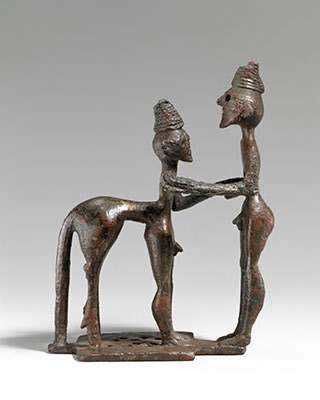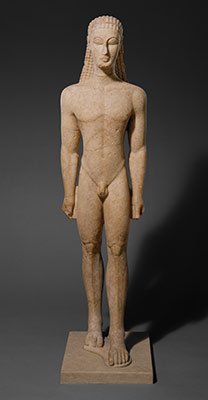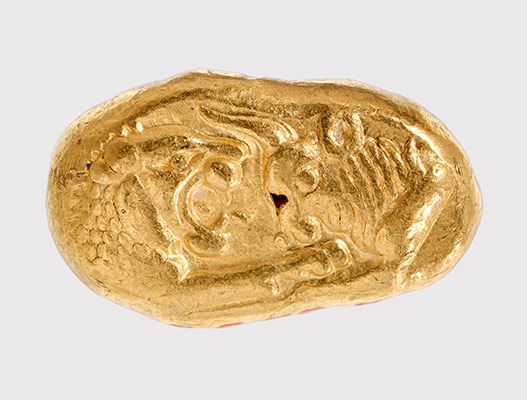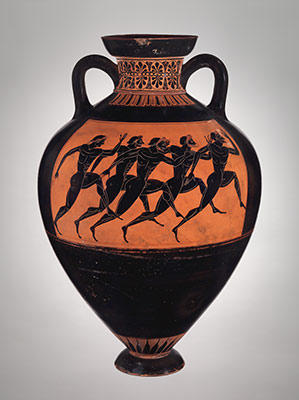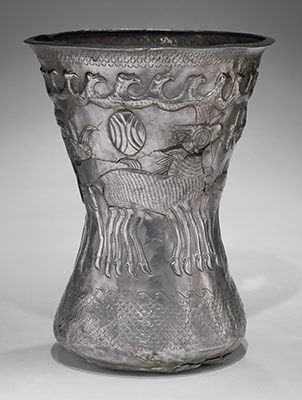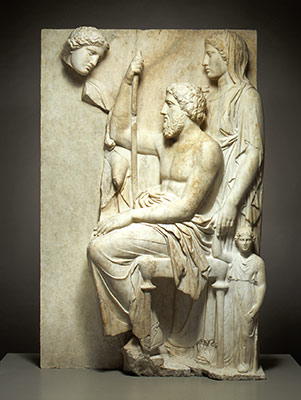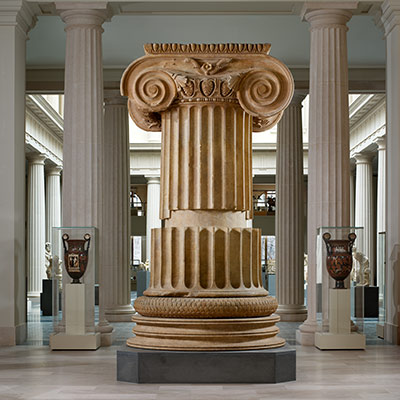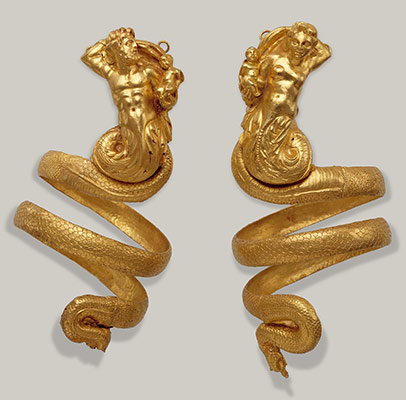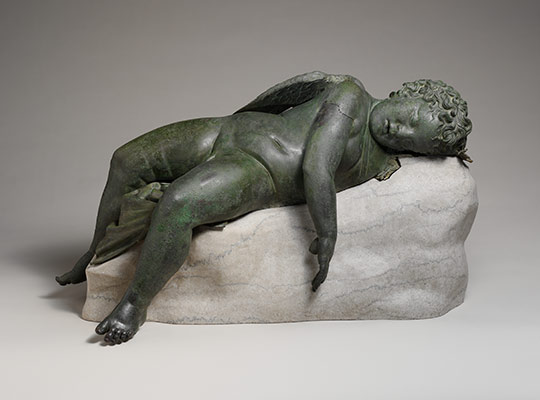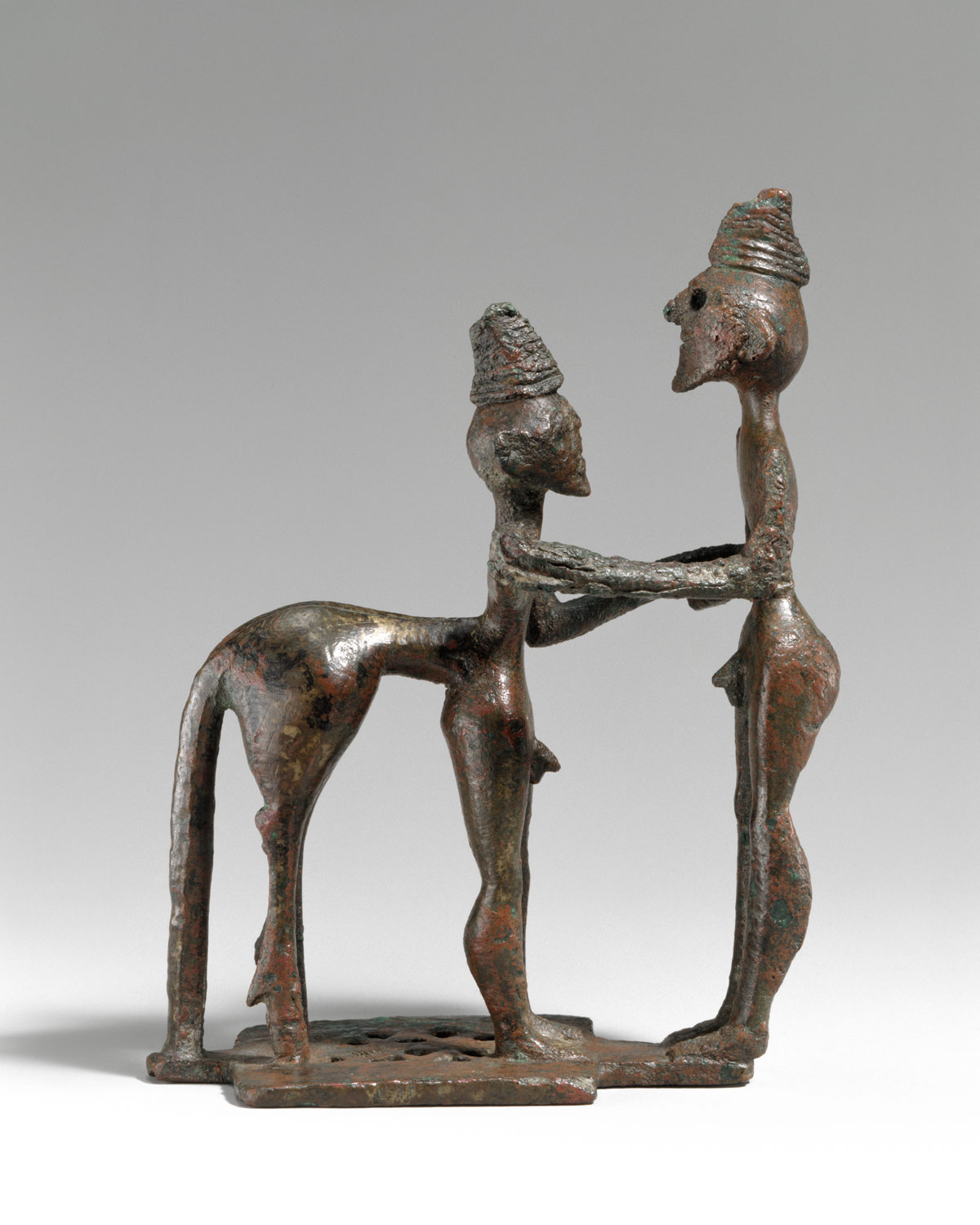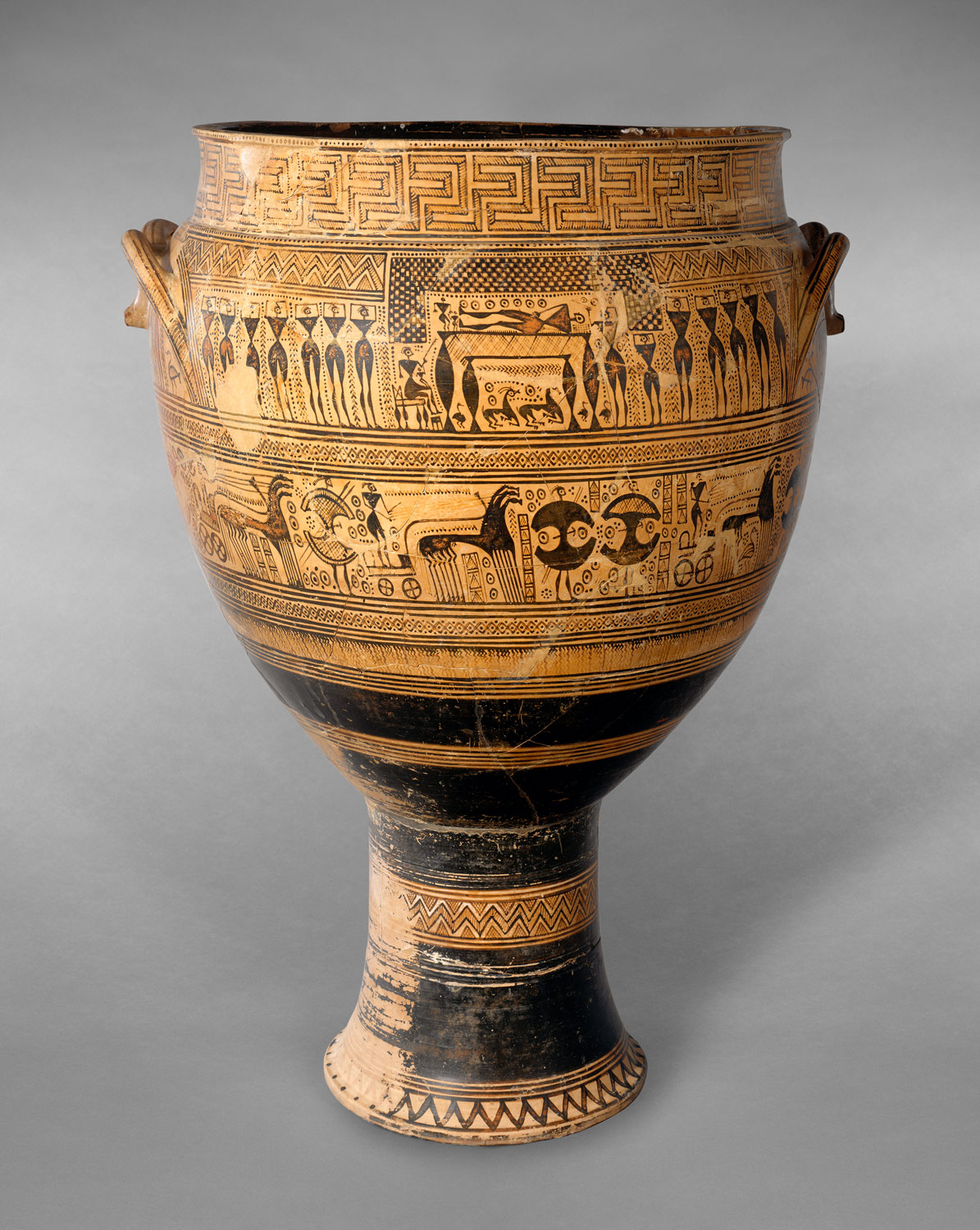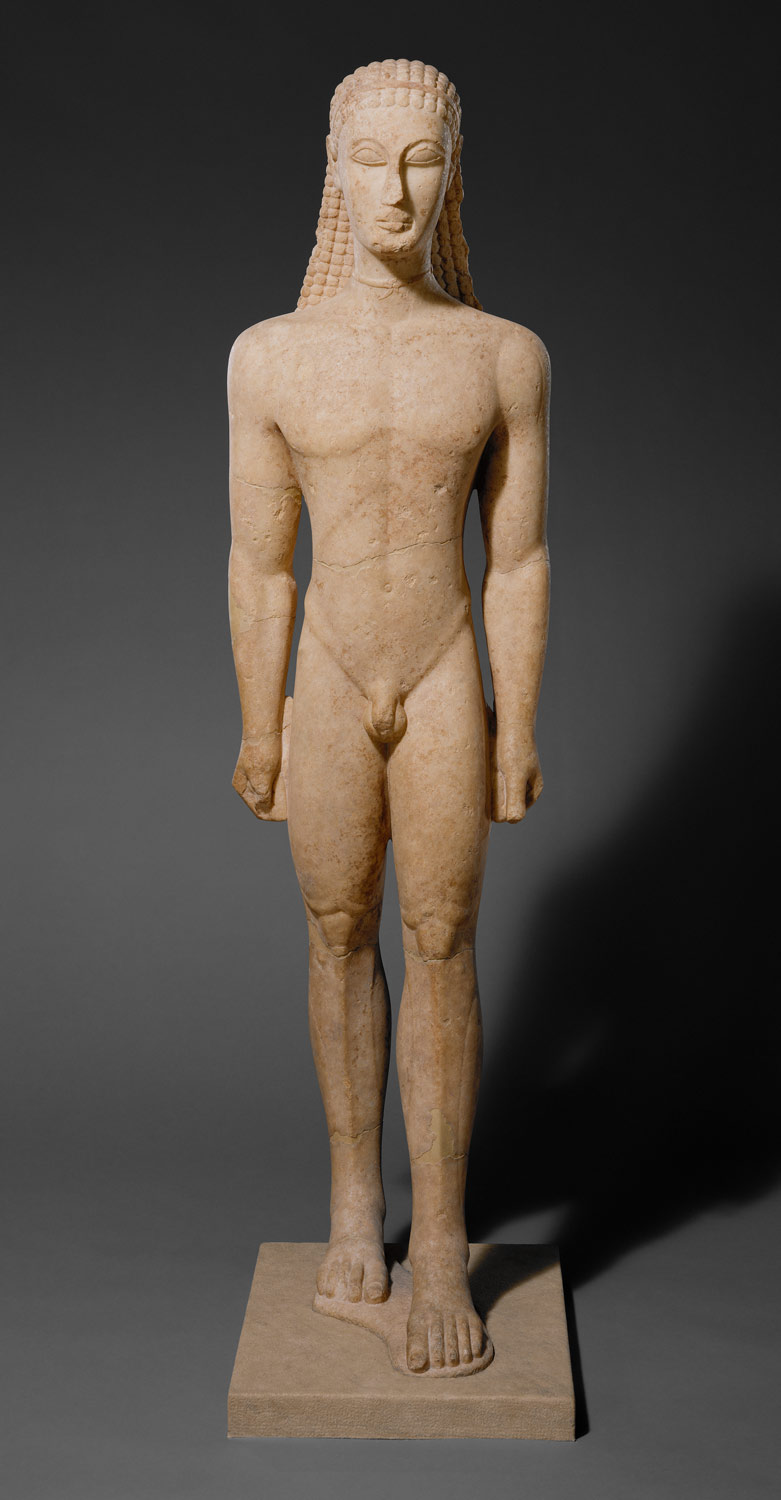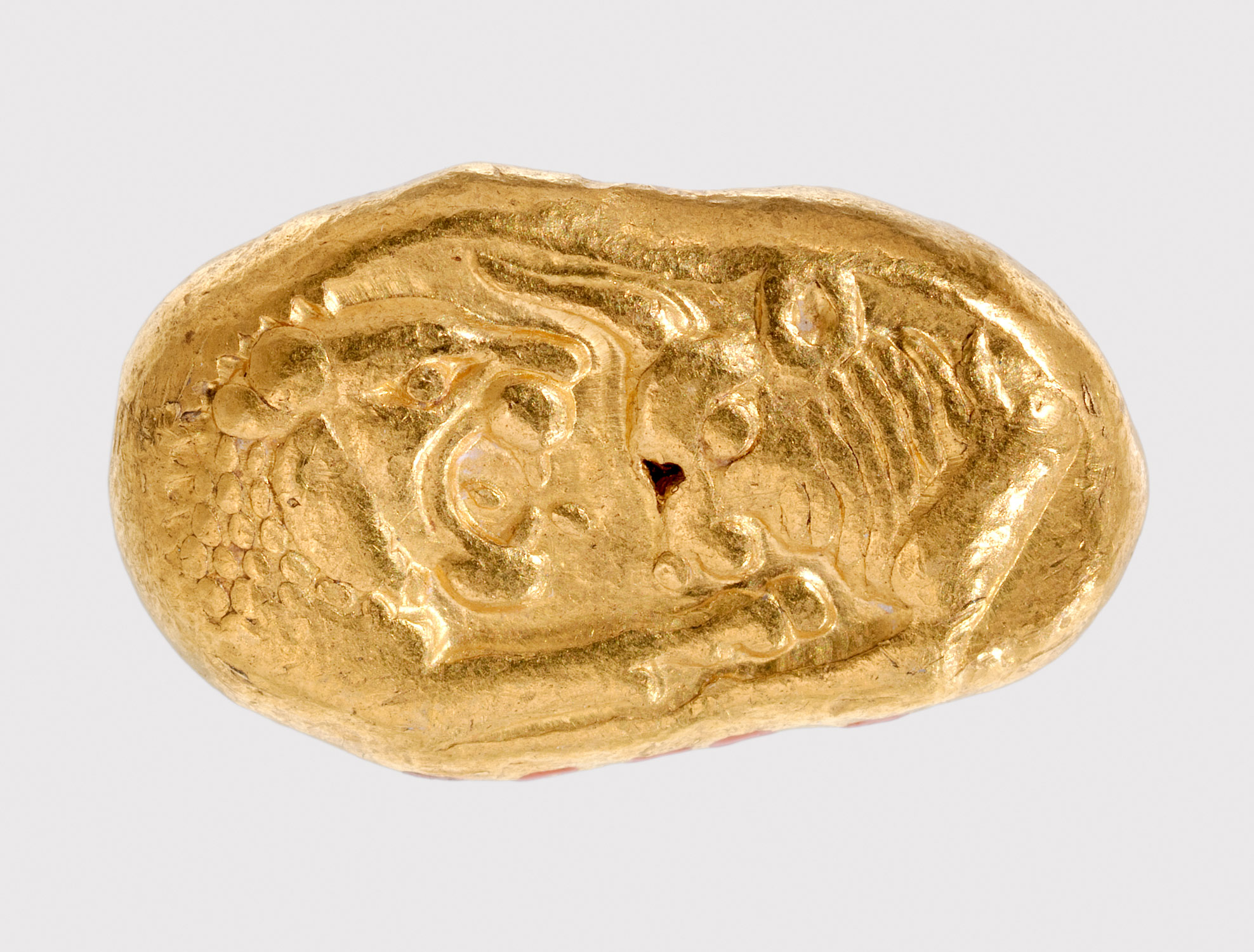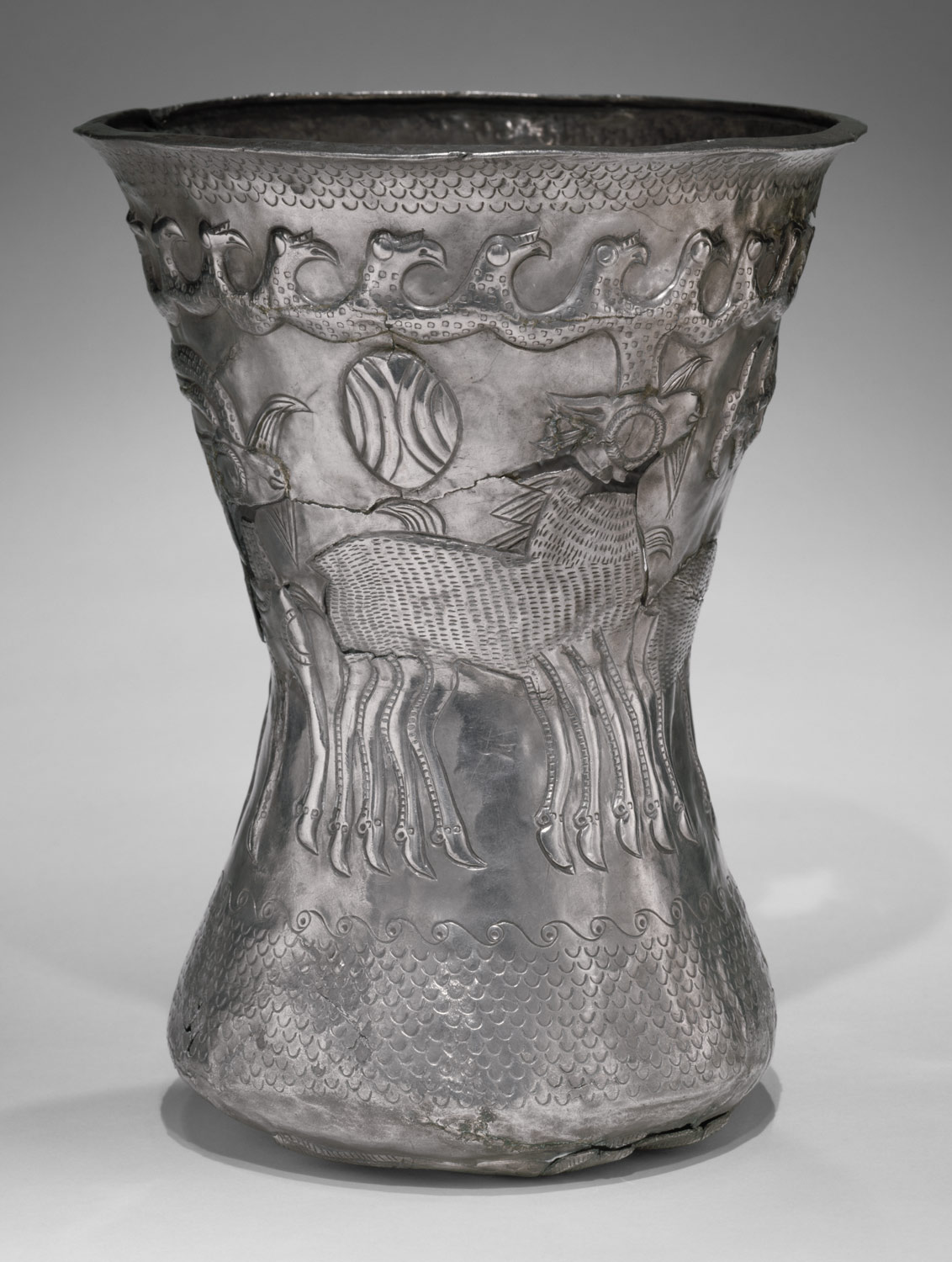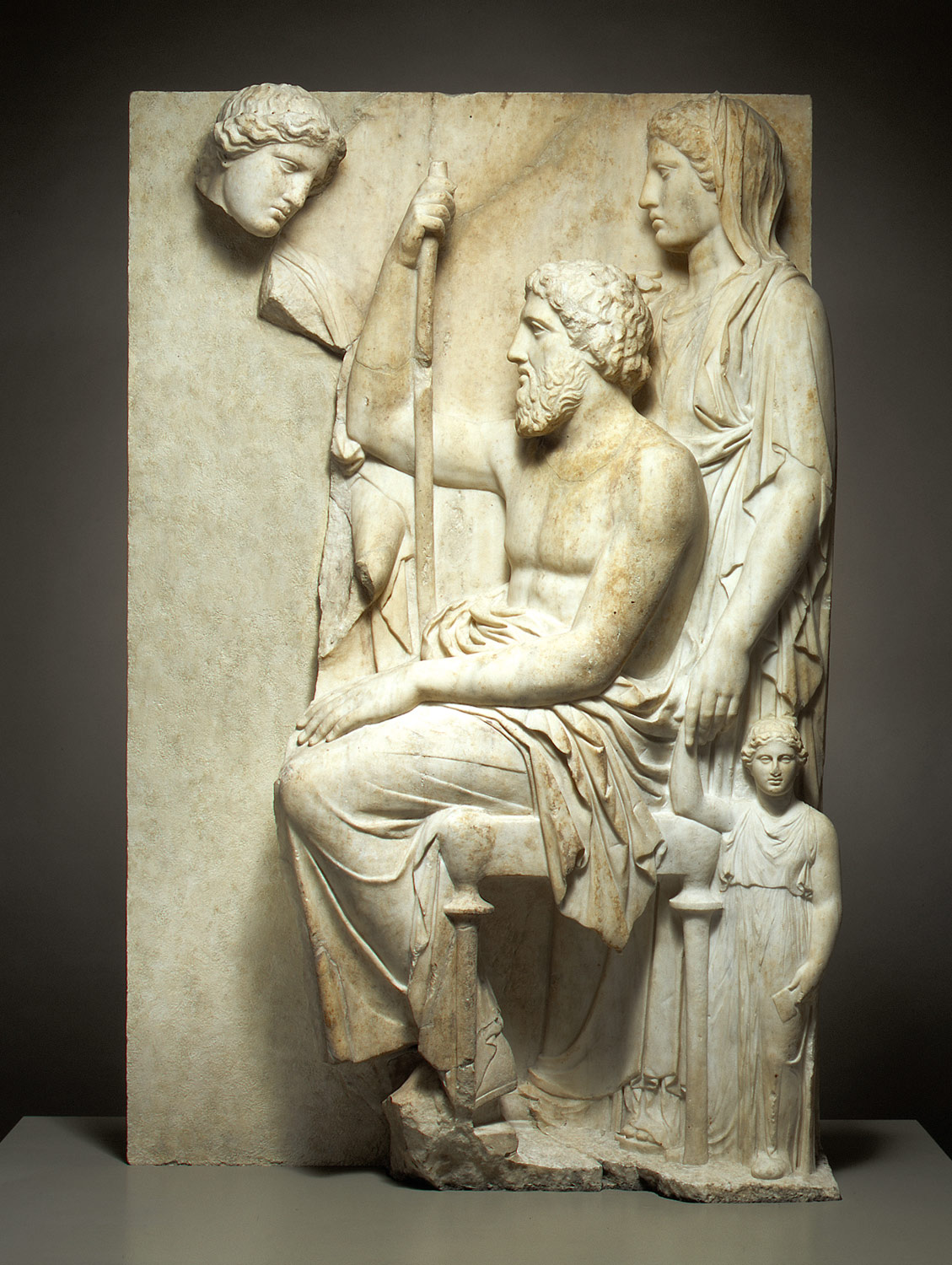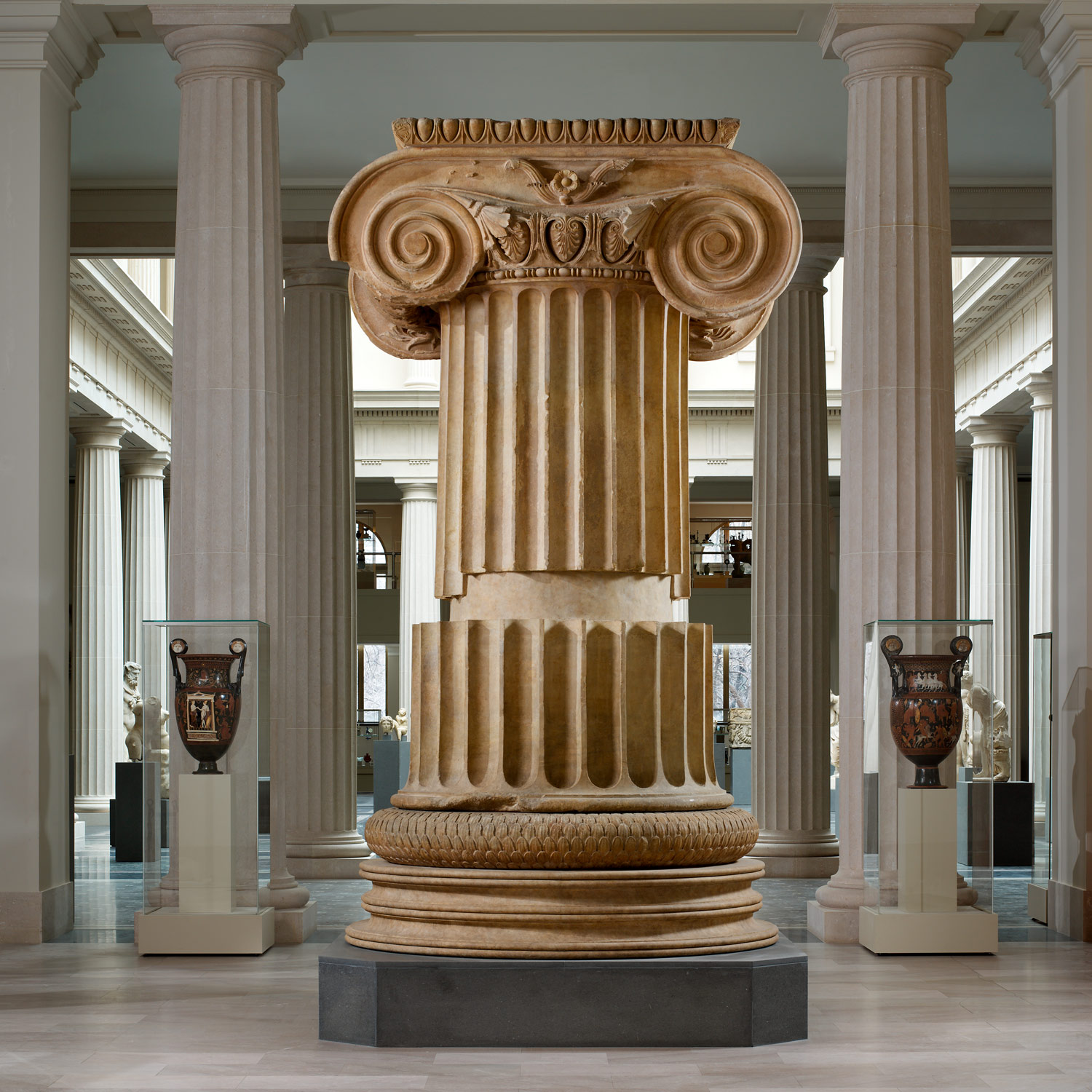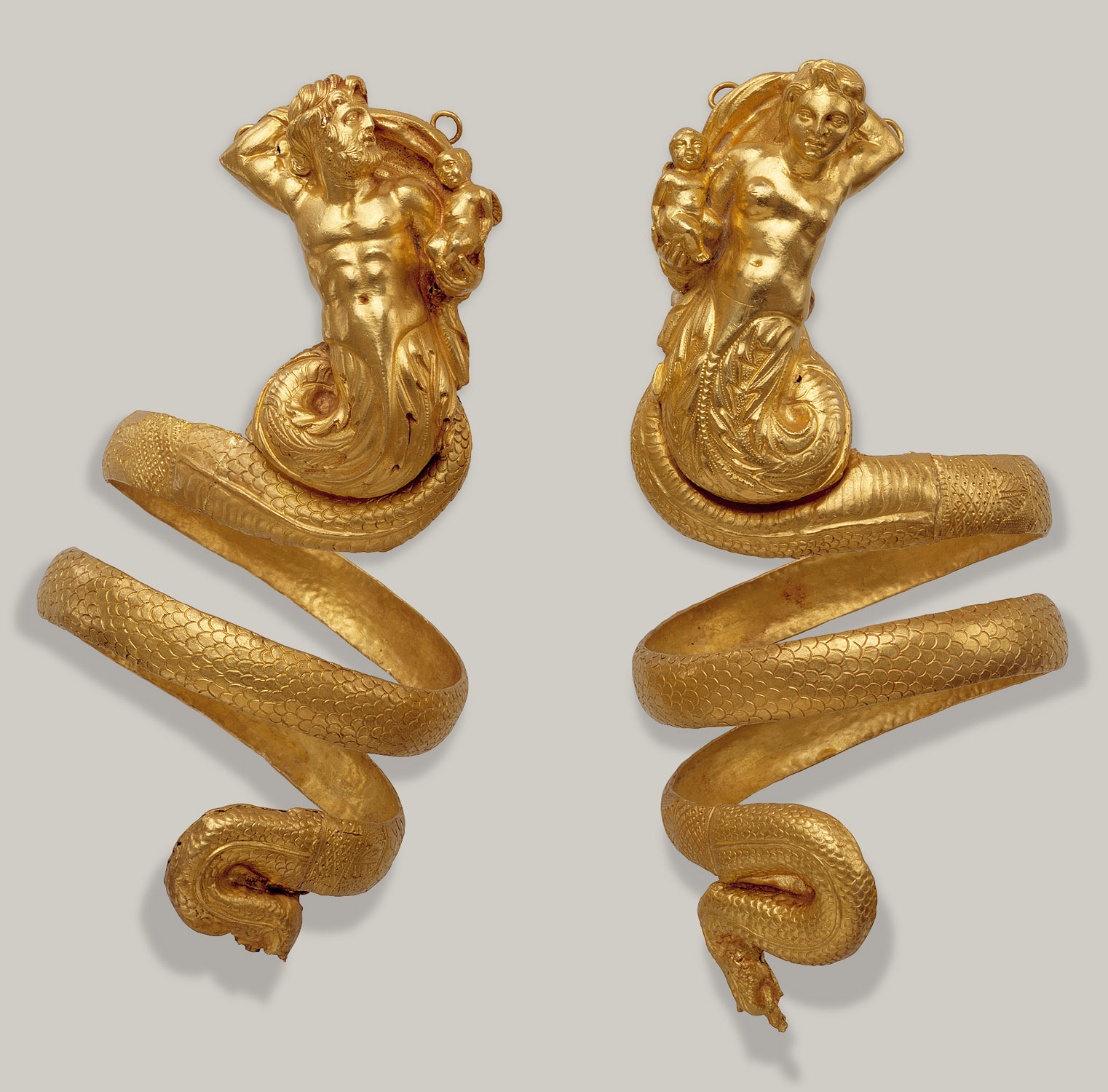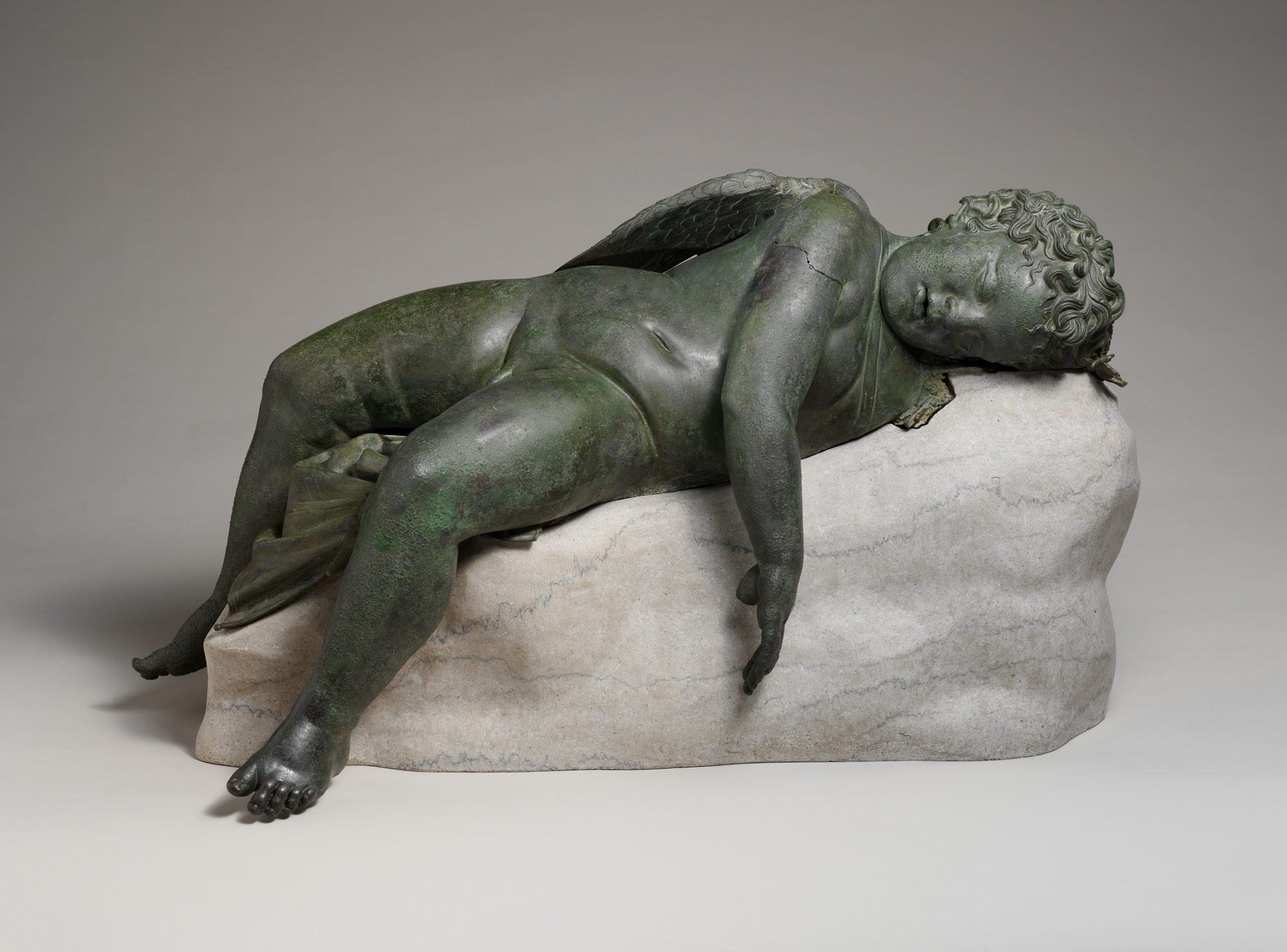Following a period of sporadic incursions and large movements of people, demographic and economic changes in the eighth century B.C. lead to overseas colonization, spreading Greek language and culture across the Mediterranean and Black seas. Communities throughout the Greek world evolve into city-states, laying the foundations for democracy. Literature, science, and the arts flourish for several centuries, and new genres of artistic and intellectual expression evolve.
Ancient Greece, 1000 B.C.–1 A.D.
Timeline
1000 B.C.
750 B.C.
750 B.C.
500 B.C.
500 B.C.
250 B.C.
250 B.C.
1 A.D.
Overview
Key Events
-
ca. 776 B.C.
The Olympic games are founded. Held once every four years, the games honor Olympian Zeus. A list of victors from this year to 217 A.D., drawn up by the historian Julius Africanus, has been preserved for us by Eusebius. The earliest games are held in one day and consist of running and wrestling. In the seventh century B.C., they are reorganized to include chariot races and single horse races.
-
ca. 750 B.C.
According to tradition, the blind bard Homer composes the Iliad and the Odyssey.
-
750 B.C.
The Greeks begin to venture overseas and establish colonies in southern Italy and Sicily. Greeks from the island of Euboea (northwest of Attica) establish the first known of such colonies at Pithekousai on the island of Ischia in the Bay of Naples. Many of the colonies in southern Italy and Sicily eventually become city-states in their own right. Greek-style temples are built at Agrigentum (ca. 430 B.C.), Selinus (sixth–fifth century B.C.), Segesta (fifth century B.C.), Syracusae, and other sites.
-
743 B.C.
The Corinthians establish a colony at Syracusae (modern Syracuse) in Sicily. Within a century, the colony increases so rapidly in power and wealth that it is able to found three subcolonies at Akrai, Kasmenai, and Camarina. Syracuse eventually rivals Athens as the largest and most beautiful city in the Greek world.
-
ca. 650 B.C.
The earliest Greek lyric poets are active in Greece. Archilochos, an iambic and elegiac poet of Paros, is regarded as a great innovator in meter and language. Tyrtaeus, an elegiac poet from Sparta, exhorts the Spartans to fight in the Second Messenian War.
-
ca. 610 B.C.
The poetess Sappho flourishes on Lesbos. Her poems are personal, reflecting her reverence for Aphrodite and the Muses and her affection for her friends.
-
ca. 594–593 B.C.
The Athenian archon Solon replaces the Draconian law code and lays the foundation for democracy in Athens. By canceling all debts, he releases the peasants from serfdom and redeems those sold into slavery. He also introduces coinage to Athens and a corresponding system of weights and measures, and grants citizenship to immigrant artisans, all in an attempt to stimulate trade and industry.
-
mid-6th century B.C.
The theater at Syracuse is constructed. Enlarged under Hieron II, it is one of the largest known Greek theaters in the ancient world, and the largest in Sicily.
-
ca. 525 B.C.
The red-figure pottery technique is pioneered in Athens. This technique is the direct opposite of black-figure since the background of a vessel is painted with a black slip and the figures and other details are left in reserve as the color of the clay. Contour lines and some interior details may be added with a dilute slip.
-
508–507 B.C.
The Athenian statesman Kleisthenes furthers efforts made by Solon and establishes a democratic constitution at Athens.
-
490 B.C., 480/479 B.C.
The Greeks repel two attempts by the Persians to conquer Greece.
-
477 B.C.
The Delian League is founded after the end of the Persian Wars.
-
449–432 B.C.
The Greek architects Iktinos and Kallikrates design and build the Parthenon, the temple of Athena Parthenos on the Akropolis at Athens. The temple is the principal element in Perikles’ building programs overseen by the sculptor Pheidias. The Parthenon incorporates the Doric and Ionic orders and is made predominantly of Pentelic marble. It houses Pheidias’ gold and ivory cult statue of the Parthenos.
-
ca. 420–410 B.C.
After the Temple of Athena Nike on the Akropolis is completed, a parapet is begun around the bastion. It is carved with processions of Nikai bringing offerings to Athena. They are clothed in near-transparent garments that cling to their bodies like wet linen or silk.
-
404 B.C.
Lysander, an admiral of the Spartan navy, installs the Thirty Tyrants, a pro-Spartan government, in Athens. They are overthrown the following year.
-
ca. 403 B.C.
Dionysius of Syracuse founds Tauromenium (modern Taormina) in Sicily. Its theater, the largest in Sicily after the one at Syracuse, is famous for its remarkable scenic setting.
-
399 B.C.
Sokrates, an Athenian who devotes himself to inquiry into righteous conduct by cross-questioning, is brought to trial on the charge of corrupting youth. He is condemned to death and drinks the deadly hemlock.
-
380s B.C.
Plato founds the Academy at Athens.
-
338 B.C.
Philip II of Macedon establishes the Corinthian League, which provides the framework for Macedonian domination of Greece until it is dissolved in 322 B.C.
-
335 B.C.
Aristotle founds the Lyceum in Athens.
-
323 B.C.
Alexander the Great, king of Macedon, dies. Having defeated the Persian king and won a great empire, he extends Greek influence to the east as far as the Indus Valley and Afghanistan.
-
214–205 B.C.
Rome successfully faces Philip V of Macedon in the First Macedonian War.
-
200–196 B.C.
Rome enters the Second Macedonian War, which ends with the victory of Flamininus at Cynoscephalae.
-
172–168/167 B.C.
Perseus of Macedon challenges Rome and thereby brings about the Third Macedonian War. He is defeated by Lucius Aemilius Paulus at Pydna, and Macedon is divided into four republics.
-
146 B.C.
Under the consul Mummius Achaicus, the Romans sack Corinth and dissolve the Achaean Confederacy. From this time onward, Greece is ruled by Rome.
-
86 B.C.
The Roman general Sulla sacks Athens.
-
48 B.C.
At the Battle of Pharsalus in northern Greece, Pompey is defeated by Julius Caesar.
-
43–42 B.C.
Antony, Octavian, and Lepidus form a triumvirate and defeat the Republicans led by Cassius and Brutus at Philippi in eastern Macedon.
-
32–31 B.C.
Octavian (later Augustus) defeats Marc Antony and Cleopatra of Egypt at the Battle of Actium.
Citation
“Ancient Greece, 1000 B.C.–1 A.D.” In Heilbrunn Timeline of Art History. New York: The Metropolitan Museum of Art, 2000–. http://www.metmuseum.org/toah/ht/?period=04®ion=eusb (October 2000)
Related
Map
Primary Chronology
Secondary Chronology
Lists of Rulers
See also
Keywords
- Ancient Greek Art
- Ancient Roman Art
- Archaic Period
- Balkan Peninsula
- Classical Period
- Early Imperial Roman Period
- Europe
- Geometric Period
- Greece
- Hellenistic Period
- Istanbul (Constantinople)
- Laconian Art
- Persian Art
- Roman Republican Period
- Rome
- Turkey
- 10th Century B.C.
- 9th Century B.C.
- 8th Century B.C.
- 7th Century B.C.
- 6th Century B.C.
- 5th Century B.C.
- 4th Century B.C.
- 3rd Century B.C.
- 2nd Century B.C.
- 1st Century B.C.
